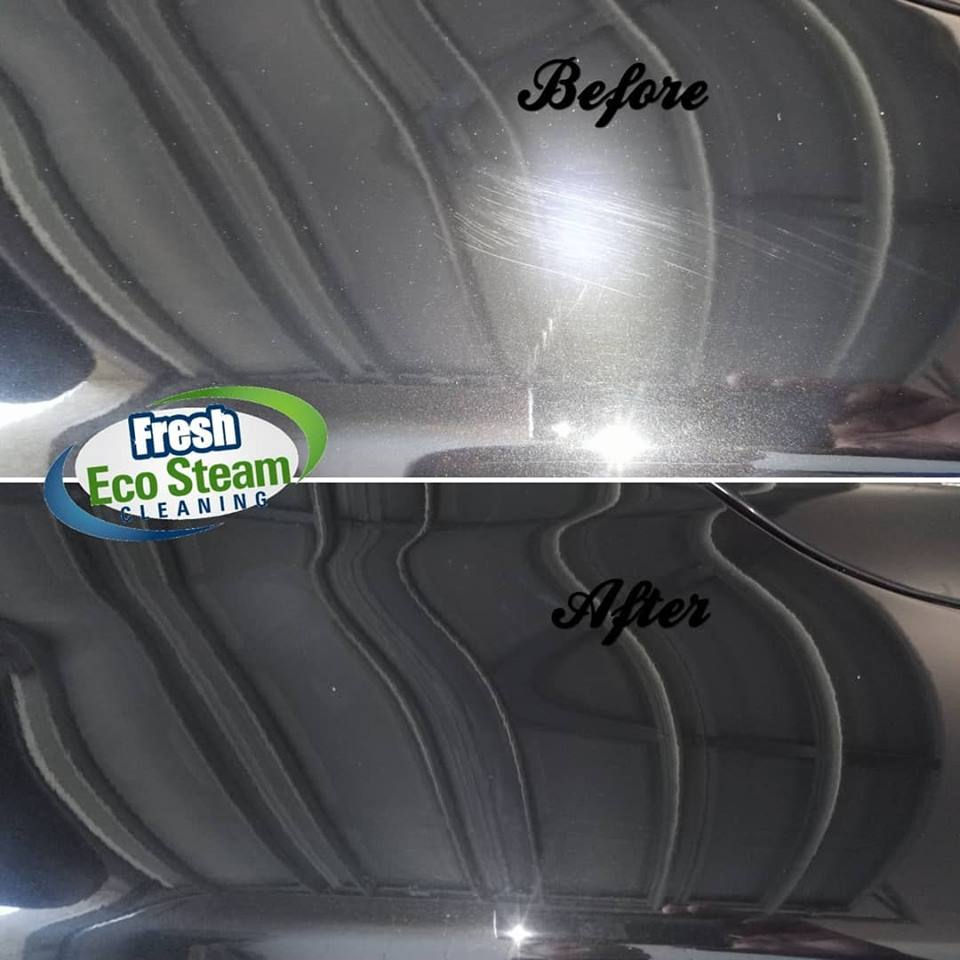What is paint correction?
- gavin320
- Apr 22, 2023
- 3 min read

Paint correction is a process that involves restoring the finish of a vehicle's paintwork to its original condition if not better. The process removes a thin, small microscopic layer of paint. This will show new and undamaged or contaminated paint. It typically involves steps that remove imperfections, such as swirl marks, oxidation, oxidation, and other defects in the paint. Is it highly recommended to perform some kind of paint correction before applying a ceramic coating because it gives the coating fresh new paint to adhere to.
The paint correction process can vary depending on the severity of the defects and the type of paint on the vehicle. It often involves using techniques and specialized tools, such as dual action polishers, rotary, sandpapers, and compounds, to gently remove the defects without damaging the underlying paint. There is always a test spot that is done to see how the cutting compound and pad perform with the paint. This will also determine if you would need to do a one-step, two-step, or wet sand the paint to achieve desired results.

A one-step paint correction also known as a paint enhancement is the most popular paint correction process in the ceramic coating world. No matter, if it's a brand-new or a five-year-old vehicle one-step paint correction, is a must. This one-step paint correction is a polish that is done to make the paint look shinier and glossier. The process will remove very light scratches and can be done with a rotary or dual-action polisher.

For vehicles that have swirl marks, oxidation, marring, or general scratches a two-step paint correction is the better option. The process of doing a two-step paint correction is longer than a one-step and will remove more paint from the vehicle by leveling down the paint to make the scratches disappear or be less noticeable. This process also takes longer. The term two-step paint correction means that we first use a cutting compound to remove paint and then polish to remove the scratches the cutting compound made. When done correctly you will achieve the same finish as a one-step paint correction making the paint look shinier and glossier. Then a ceramic coating or sealant is applied to lock in the paint.

The last of the most aggressive (in some cases) is called wet sanding. This is done to remove isolated scratches and although can be done on the entire vehicle, it's not recommended because too much clear coat paint can be removed. Wet sanding is the process by which the use of wet sandpaper removes paint in order to level the paint to the bottom of the scratch. Thus making the scratch disappear. You would then need to follow this process with a two-step paint correction. Wet sanding is also used to restore headlight. It's a great way to remove the yellow oxidation on the headlights.

Paint correction can dramatically improve the appearance of a vehicle, making it look new again. It is a popular service among car enthusiasts who want to maintain the value and aesthetics of their vehicles. It is important to note that paint correction should be performed by a trained professional with the appropriate equipment and expertise to avoid causing further damage to the paintwork.
Call Us: (407) 501-4446
View us Online: www.FreshEcoSteam.com
Email us: Gavin@FreshEcoSteam.com
Services Provided: Ceramic Coatings, Paint Correction, Auto Detailing, Steam Cleaning
Cities and Towns Our Customers are in Orlando, Central Florida, and surrounding cities





Comments